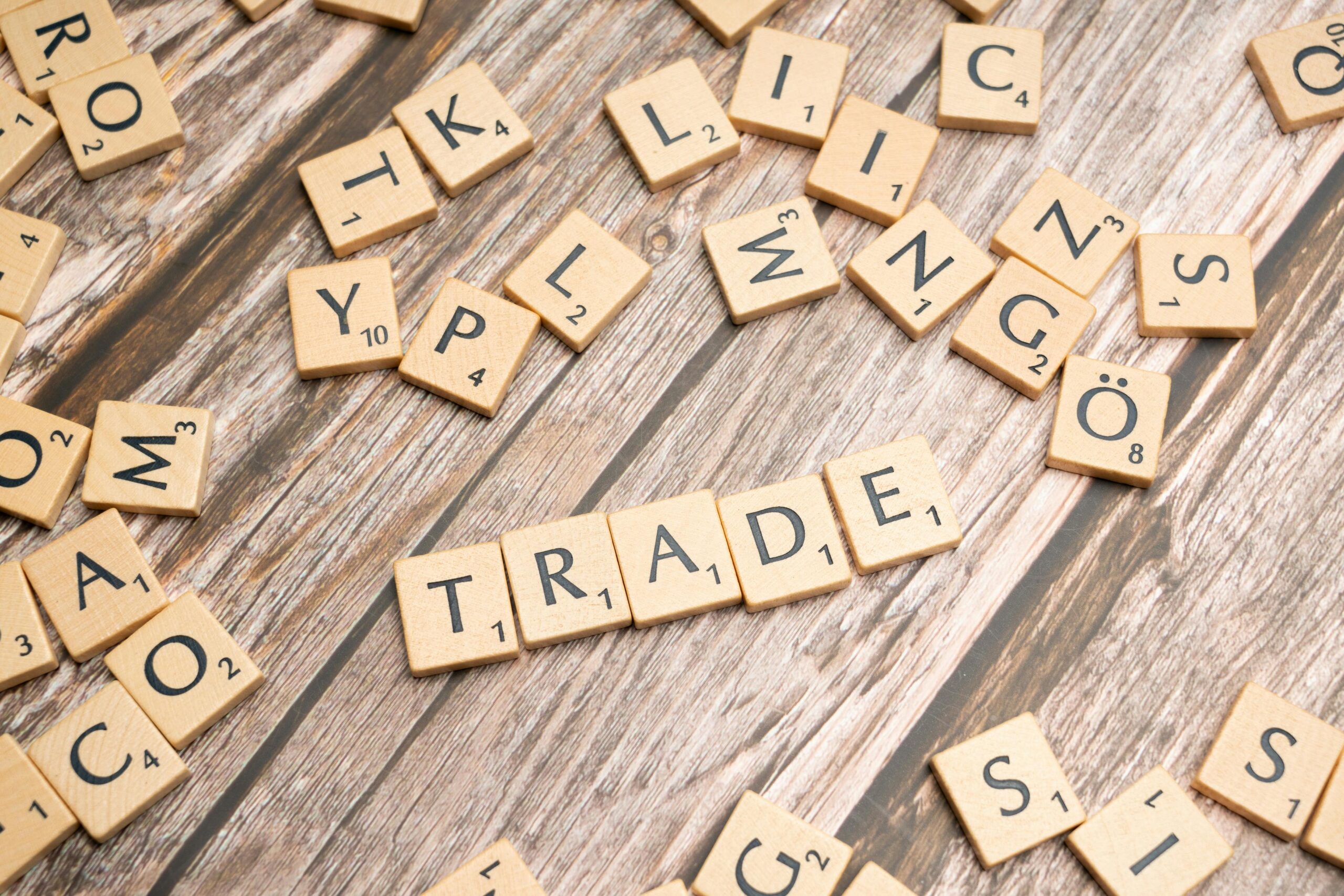In early February 2025, President Donald Trump announced the imposition of significant tariffs on imports from Canada, Mexico, and China, marking a pivotal shift in U.S. trade policy. These tariffs include a 25% levy on most goods from Canada and Mexico, with a 10% tariff specifically on Canadian energy imports, and a 10% tariff on Chinese imports. While the tariffs on Mexico and Canada have been temporarily paused for a month following concessions from both countries, the move has sparked widespread discussion about its potential economic impacts and how individuals and businesses can navigate and potentially benefit from these changes.
Understanding the Impact of the Tariffs
Tariffs, essentially taxes on imported goods, are designed to make foreign products more expensive, thereby encouraging consumers to purchase domestically produced items. While this can bolster local industries, it also has several broader economic implications:
- Increased Consumer Prices: Imported goods subject to tariffs become more expensive, leading to higher prices for consumers. For instance, products from Canada, Mexico, and China, ranging from electronics to automobiles, may see price hikes, affecting household budgets. bbc.com
- Supply Chain Disruptions: Businesses that rely on imported components may face increased production costs, leading to potential supply chain adjustments or seeking alternative suppliers. This could result in temporary shortages or delays in product availability.
- Economic Uncertainty: The imposition of tariffs can lead to market volatility as investors react to potential changes in trade flows and corporate earnings. Companies may delay investments or expansion plans due to the uncertain economic environment. reuters.com
- Retaliatory Measures: Affected countries may impose their own tariffs on U.S. exports, potentially harming American businesses that rely on international markets. This tit-for-tat escalation can lead to a broader trade conflict, affecting global economic stability.
Here are some actionable money tips for everyday people to navigate and potentially benefit from the impact of the Trump tariffs:
1. Be Strategic with Your Shopping
- Buy American-Made Products: With tariffs increasing the cost of imports, explore directories that highlight U.S.-made goods.
- Bulk Buy Essentials: Consider membership at bulk retailers like Costco or Sam’s Club to save on frequently used items.
- Use Price Comparison Apps: Tools like Honey or CamelCamelCamel track price drops and apply coupons automatically.
2. Adjust Your Budget
- Reevaluate Monthly Expenses: Use budgeting apps like Mint or YNAB (You Need a Budget) to stay on top of changing expenses.
- Build a Price Shock Fund: Consider a high-yield savings account like Ally to grow your emergency fund faster.
3. Save on Transportation Costs
- Carpool or Use Public Transport: Services like BlaBlaCar help find carpooling options, reducing fuel expenses.
- Fuel-Efficient Vehicles: Check FuelEconomy.gov to compare vehicle efficiency before making a purchase.
4. Invest Wisely
- Diversify Investments: Platforms like Vanguard offer low-cost investment options in sectors likely to benefit from tariffs.
- Avoid High-Risk Moves: Use resources from Investor.gov to educate yourself on long-term investment strategies.
5. Smart Grocery Shopping
- Buy Local and Seasonal Produce: Find local farmers’ markets via LocalHarvest.
- Join a Food Co-op: Explore National Co+op Grocers to find co-ops near you.
6. Side Hustle Opportunities
- Capitalize on “Buy American” Trends: Platforms like Etsy are great for selling handmade or locally sourced products.
- Freelance in Growing Industries: Use Upwork or Fiverr to find freelance gigs in industries less affected by tariffs.
7. Negotiate Where Possible
- Ask for Discounts: Platforms like Rakuten offer cashback deals and discounts from popular retailers.
- Negotiate Bills: Use services like Billshark to help negotiate lower rates on recurring bills.
8. Reduce Energy Consumption
- Energy Efficiency Upgrades: Visit Energy Star for tips on improving home energy efficiency.
- Consider Renewable Energy: Explore Energy.gov’s guide to solar for cost-saving renewable energy options.
9. Stay Informed
- Follow Market Trends: Stay updated on economic trends via MarketWatch or Bloomberg.
- Join Local Community Groups: Platforms like Meetup help connect with community resource groups for support and tips.
10. Be a Savvy Traveler
- Adjust Travel Plans: Use Skyscanner to find the cheapest travel options.
- Travel Off-Peak: Platforms like Kayak help identify the most affordable travel dates and destinations.
The recent tariffs imposed by the Trump administration represent a significant shift in U.S. trade policy with far-reaching implications for consumers, businesses, and the global economy. While challenges are evident, proactive strategies can help mitigate negative impacts and uncover opportunities within the evolving trade landscape. By staying informed and adaptable, individuals and businesses can navigate these changes effectively and potentially benefit from the new economic environment.

Leave a Reply